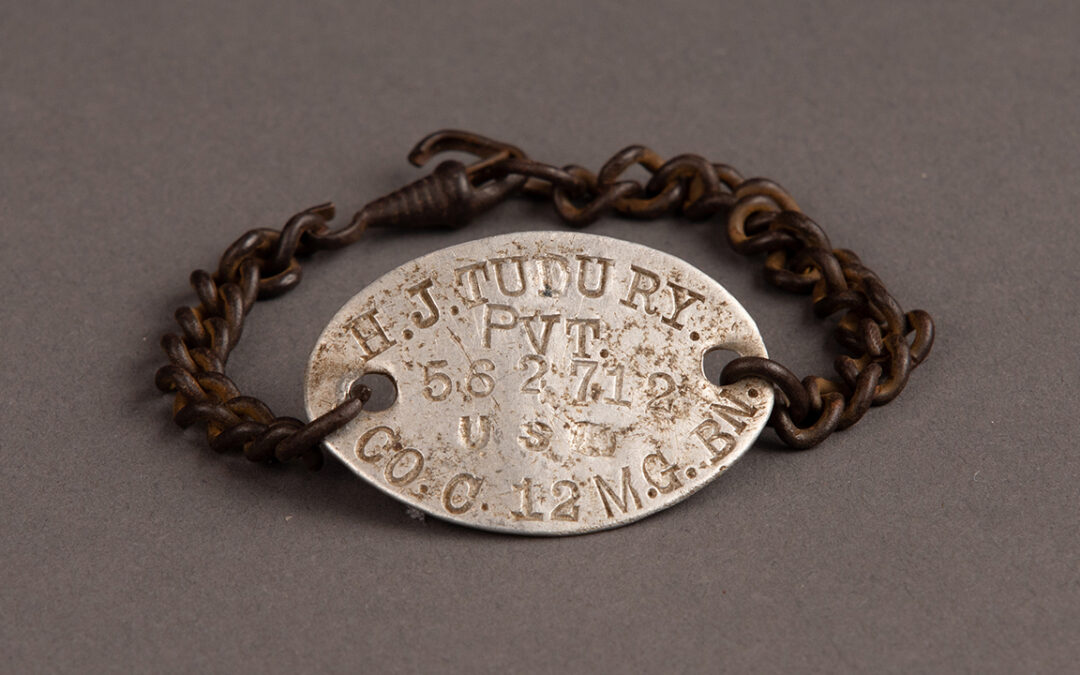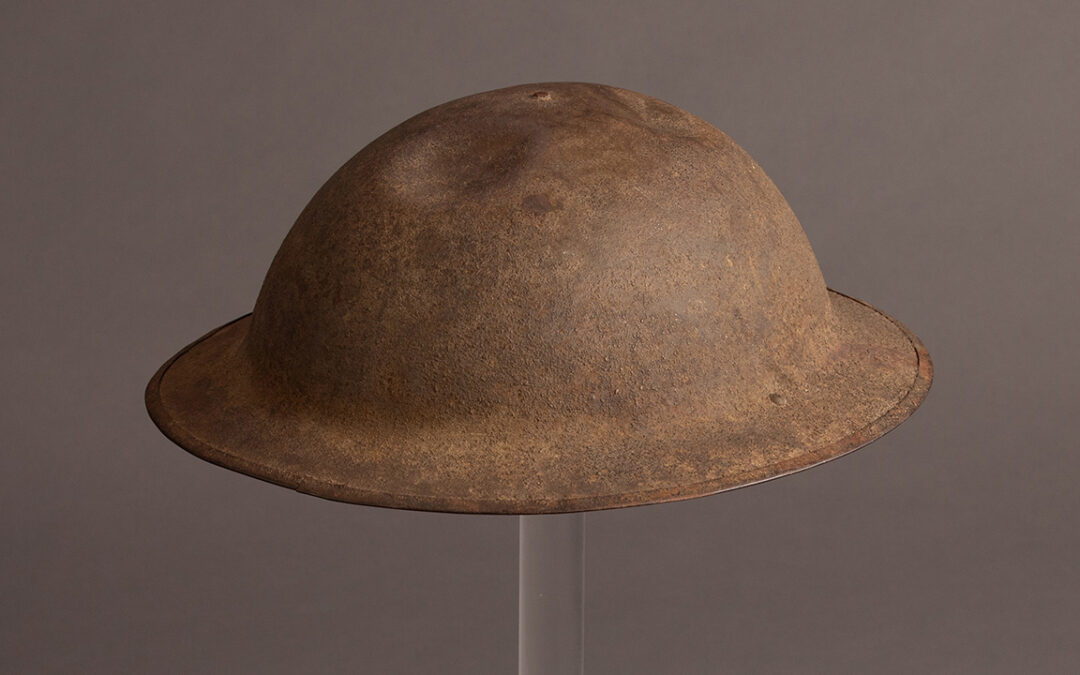
May 1, 2023 | Artifact - WW I
The use of two imprinted metal identification discs was first introduced in large quantities during World War I as a means to identify dead and incapacitated soldiers on the battlefield. Prior to the use of metal tags, soldiers wrote their names and hometowns on...

Apr 28, 2023 | Artifact - WW I
Private James W. Anding (1896-1976), of Martinsville, Mississippi, served with the newly formed Tank Corps during World War I. His assignments included the 331st Tank Battalion and 306th Tank Brigade, which saw service in France during the final months of the war. He...

Apr 28, 2023 | Artifact - WW I
Henry Jetton Tudury (1885-1952), of Bay St. Louis, Mississippi, enlisted in the United States Army on April 24, 1917, just 18 days after the American declaration of war against Imperial Germany. After training, Private Tudury sailed to Europe on May 7, 1918, for...

Apr 28, 2023 | Artifact - WW I
When the United States entered World War I, the US military realized the production of the new M1911 pistol would not be enough to fully supply troops. Springfield Armory and Smith & Wesson worked together to develop a new weapon for the US military that could...

Apr 28, 2023 | Artifact - WW I
Henry Jetton Tudury (1885-1952), of Bay St. Louis, Mississippi, served in the 12th Machinegun Battalion, 59th Infantry Regiment, 4th Division, during World War I. Throughout his service in France, Tudury served as a runner, carrying messages to and from the trenches,...

Jan 14, 2023 | Artifact - Interwar Period, Artifact - WW I
In March 1929, 11 years after the First World War, Congress authorized fully-funded, government-organized pilgrimages for mothers and widows to visit American military cemeteries in Europe. Between 1930 and 1933, the United States government transported nearly 7,000...







